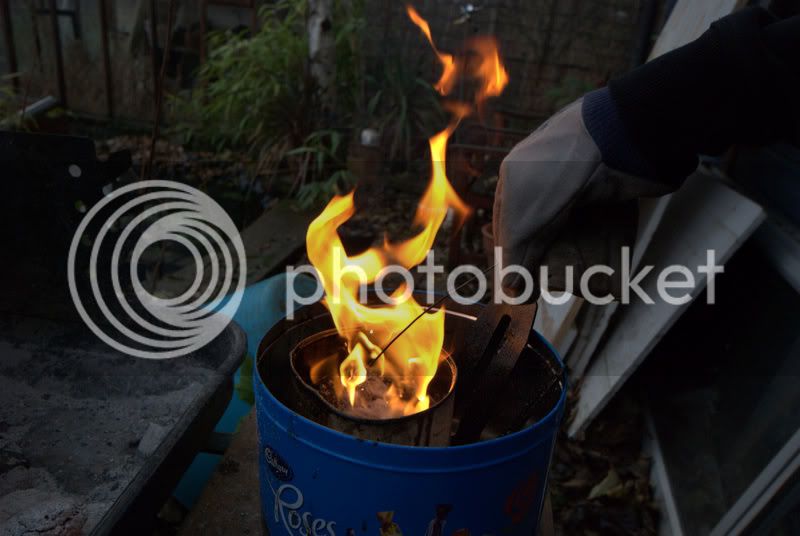Well...a couple of updates...
Firstly the book arrived...Hardening, Tempering and Heat Treatment by Tubal Cain...and I see what you mean about hard going.
But it is a very well written book and if you read the graph bits over a couple of times they make sense. I am really enjoying it.
Then the 01 steel arrived...500mmx50mmx3mm...nice pretty stuff!
I cut a slice out for the Galoot iron and now am approaching the hardening part of the project.
Reading a couple of previous posts on home hardening and have a couple of questions...some arising from the book.
Firstly...I am pretty sure I should grind the bevel first...the 01 now being pretty ductile and workable. My worry is that the bevel is a varying thickness (obviously) from sharp point to full thickness of 3mm. Will cutting the bevel pre-hardening not affect the quality of hardening/quenching/tempering...I have a feeling that it might?
Secondly...the hardening seems easy with the kiln...and it does recommend raising the temperature WITH the heating of the muffle (inside of the kiln) up to and beyond the "arrest point" where one can detect an apparent slowing down of colour change and then a sudden change as the arrest point is passed. I will then keep the steel at 800C or thereabouts (above the arrest point) for about 15-20mins and then quench.
Now...the quenching oil. Well it says definitely DO NOT use old engine oil as this is the wrong type of oil. Indeed it actually says in the book that this could prove quite dangerous, and I quote:
...but NOT motor oil which is blended for quite different service and characteristics and most emphatically NOT "used" motor oil. This is downright dangerous; it can contain up to 25% of the heavier fractions of petrol and can flash off into a furious fire if used for quenching hot metal.
Now I seem to remember elsewhere in the forum that I read someone was using motor oil...so I am now confused. It actually suggests "Quendila A22 or Quendila 19" quenching oil or "at a pinch", spindle oil of SAE10 or 20 would suffice.
I would like opinions on this point, particularly in light of the above safety warning!

So I ask for suggestions before I proceed further.
Cheers guys and gals
Jim

































